Interpreting the evolution of SARS-CoV-2
Jesse Bloom
Fred Hutch Cancer Center / HHMI
These slides at https://slides.com/jbloom/hhmi2022
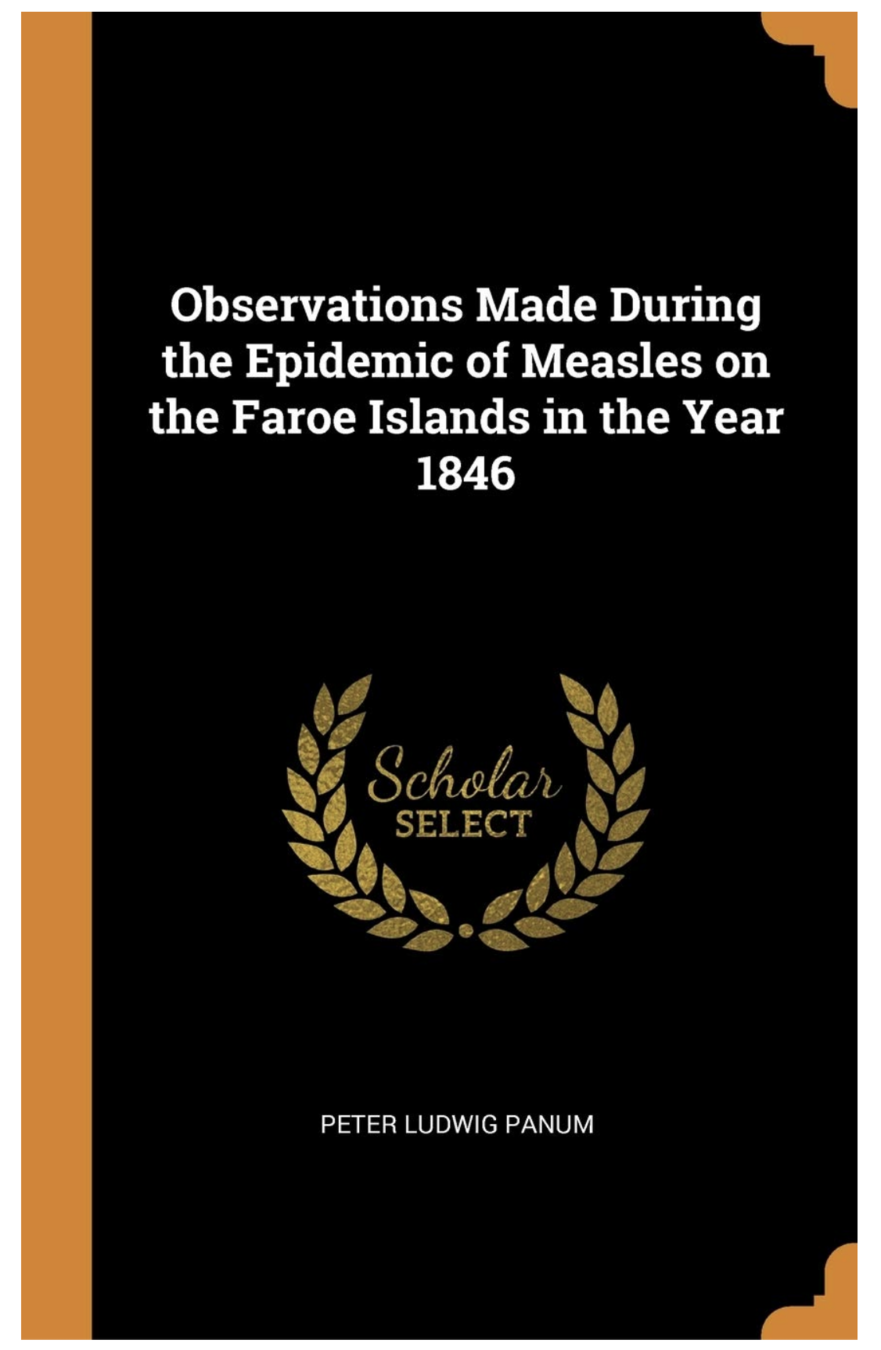
The Faroe Islands


"Measles had not prevailed on the Faroes since 1781, then it broke out early in April 1846."
"Of the 7782 inhabitants, about 6000 were taken with measles."
"Of the many aged people still living in the Faroes who had measles in 1781, not one was attacked the second time."
Panum is describing immune memory, which provides lifelong protection from measles.

CoV-229E causes common colds and has been circulating in humans for a long time.
The typical person is infected every ~3 to 5 years.
How do other human coronaviruses evolve?
Evolution of CoV-229E spike

We experimentally generated CoV-229E spikes at ~8 year intervals so we could study them in the lab:
- 1984
- 1992
- 2001
- 2008
- 2016
Evolution of CoV-229E spike erodes neutralization by human serum antibodies
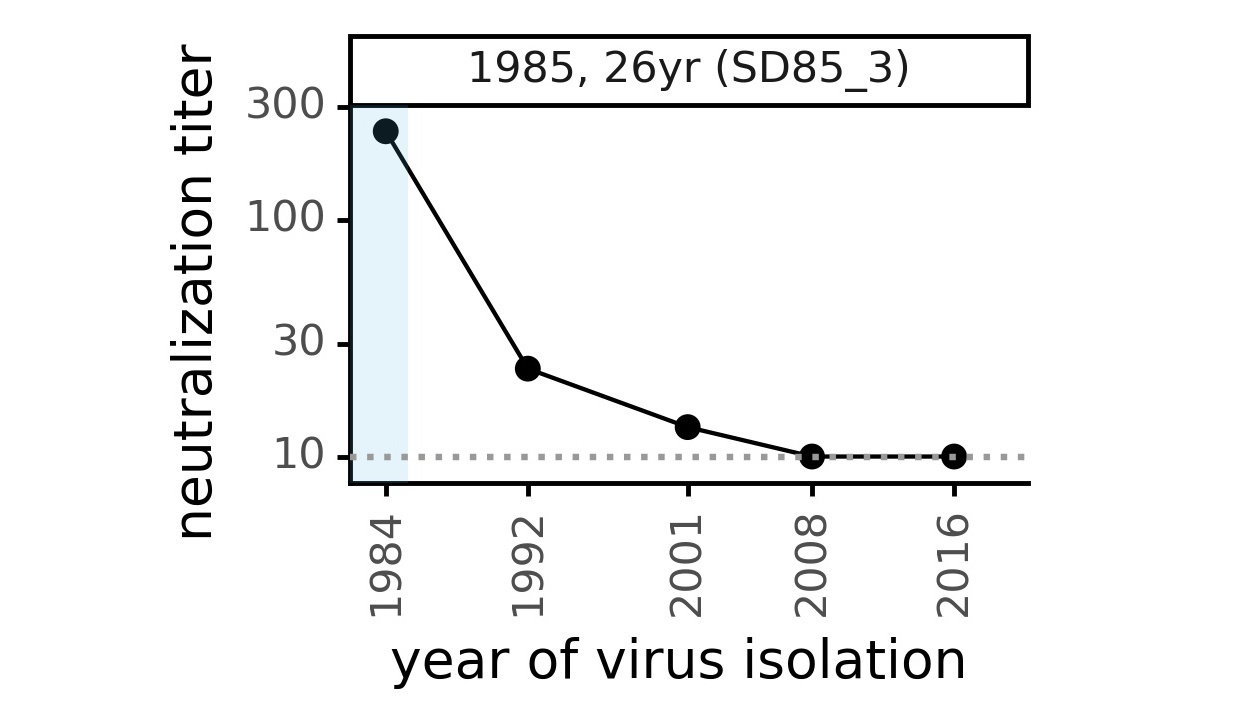
Evolution erodes CoV-229E neutralization by different sera at different rates

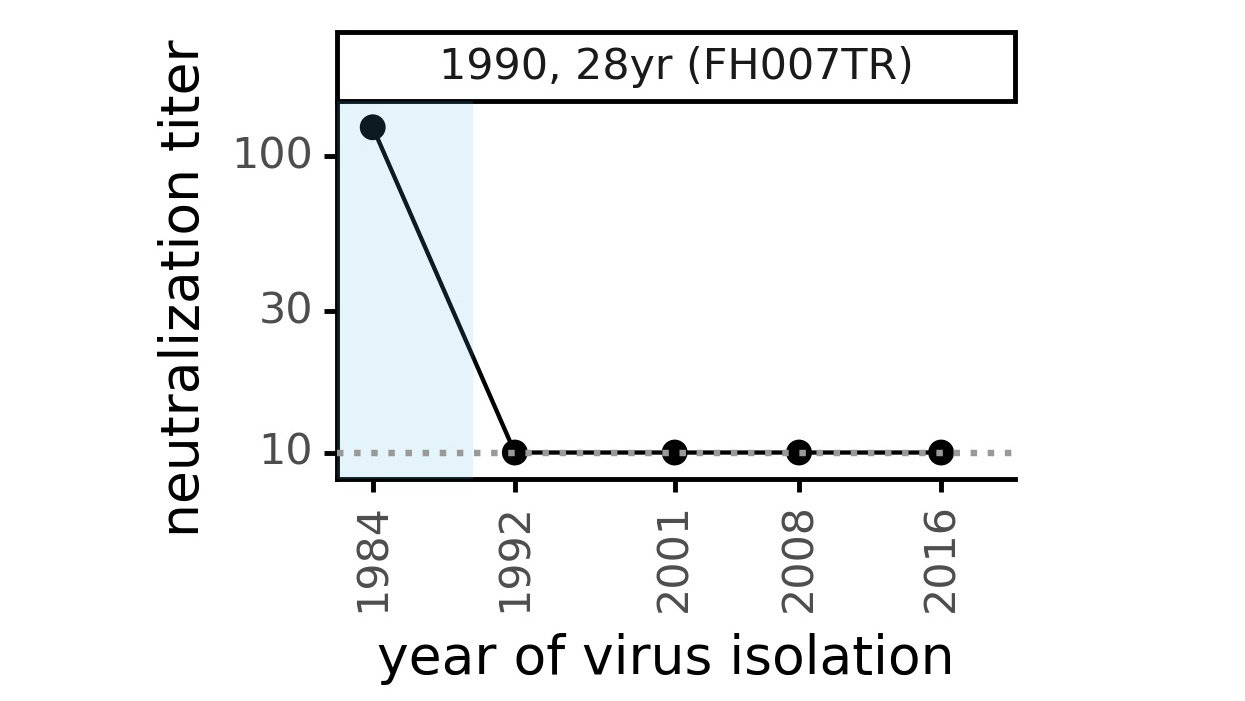
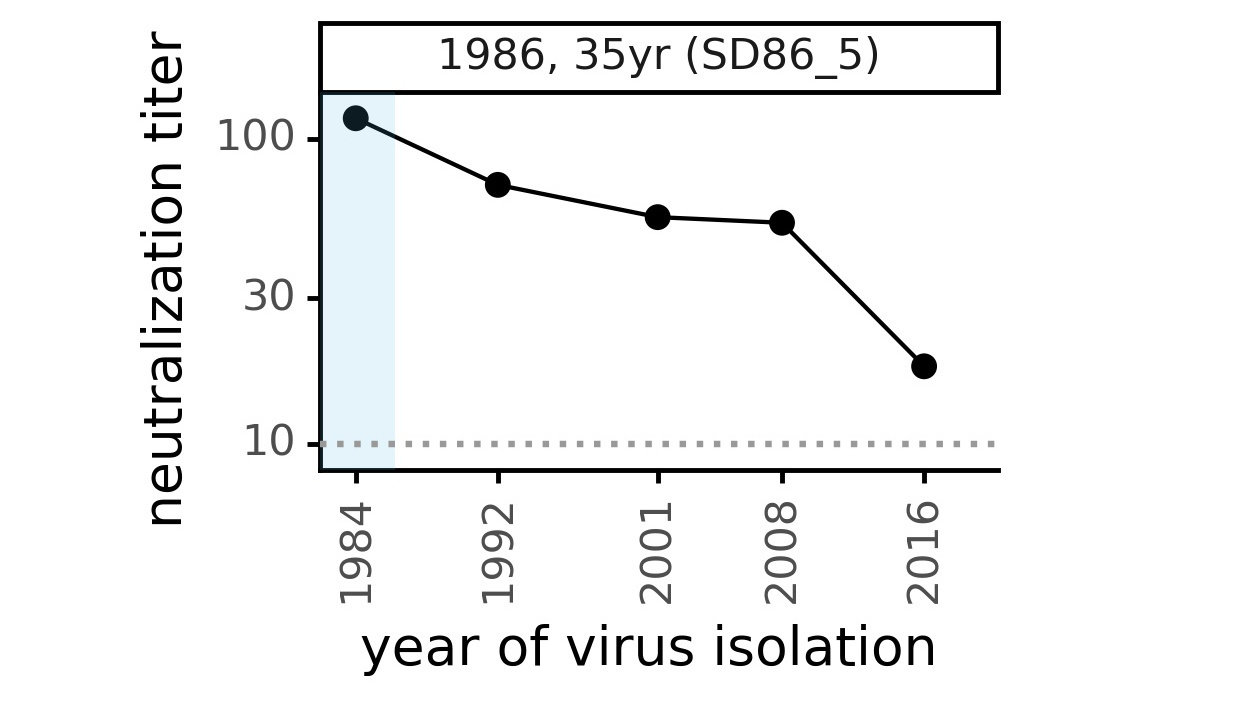
Ideally vaccines would elicit evolution-resistant neutralizing antibodies (like those naturally made by person at right) rather than evolution-sensitive antibodies (like those naturally made by person at left)
Strongest evolutionary selection is in RBD
Sites of evolutionary change in the spike of CoV-229E over the last four decades
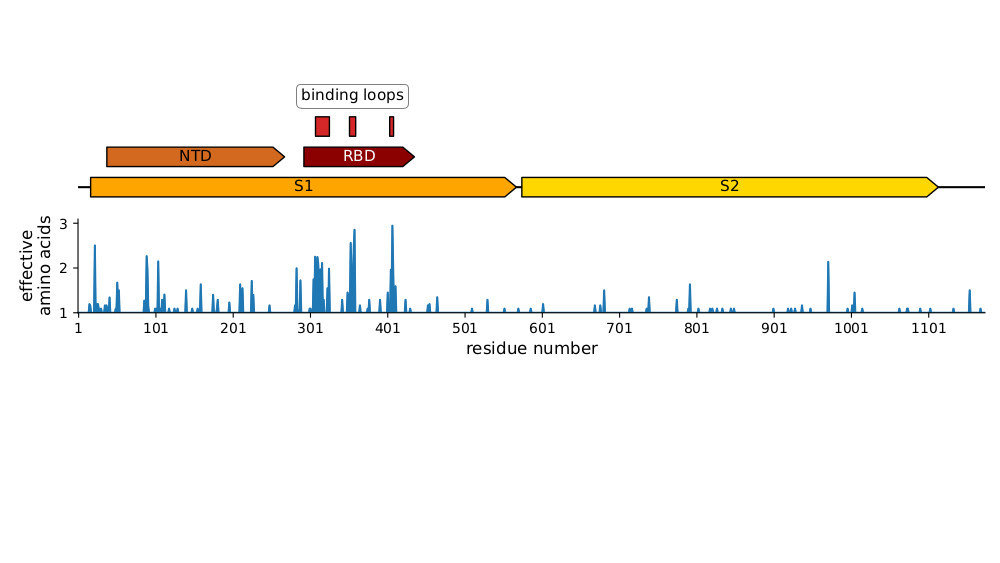
Strongest evolutionary selection is in RBD
Sites of evolutionary change in the spike of CoV-229E over the last four decades

Sites of mutations in SARS-CoV-2 Omicron BQ.1.1 spike relative to Wuhan-Hu-1
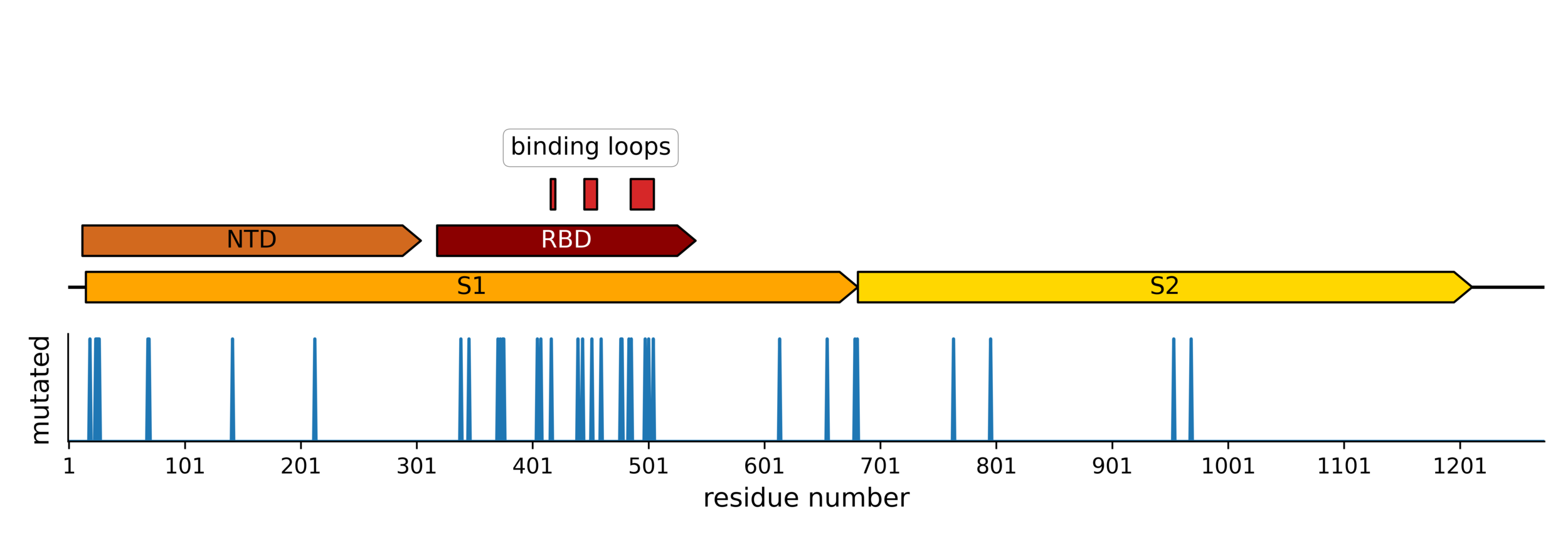
How did Omicron acquire so many mutations with no sampled evolutionary intermediates?
The molecular clock identifies unusual patterns in Omicron evolution
Excess antibody-escape mutations in spike are characteristic of viruses that evolve in chronic human infections
During typical acute infections, random transmission bottlenecks disrupt selection
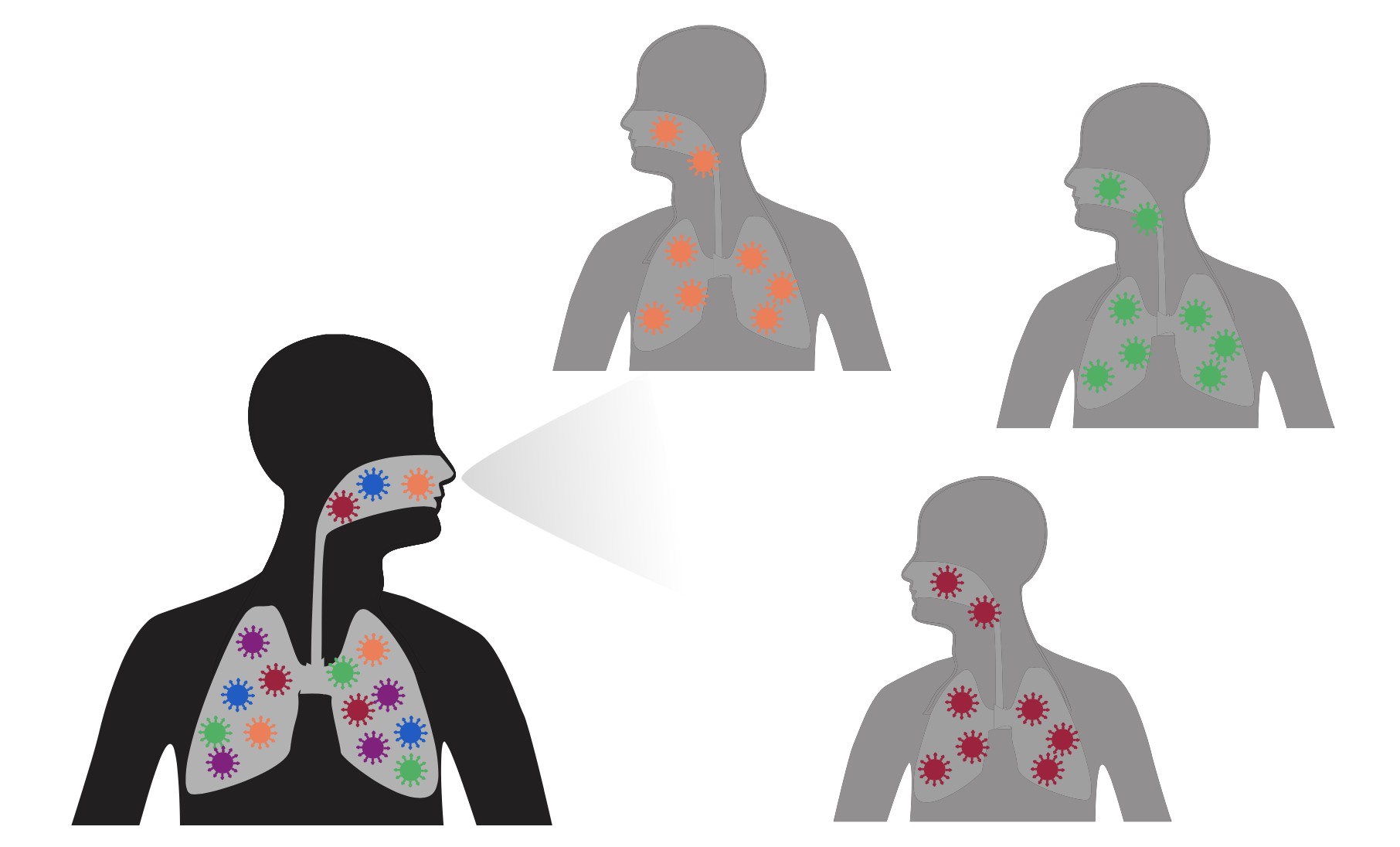
But in chronic infections of 100+ days, selection can fix antibody-escape mutations without bottlenecks
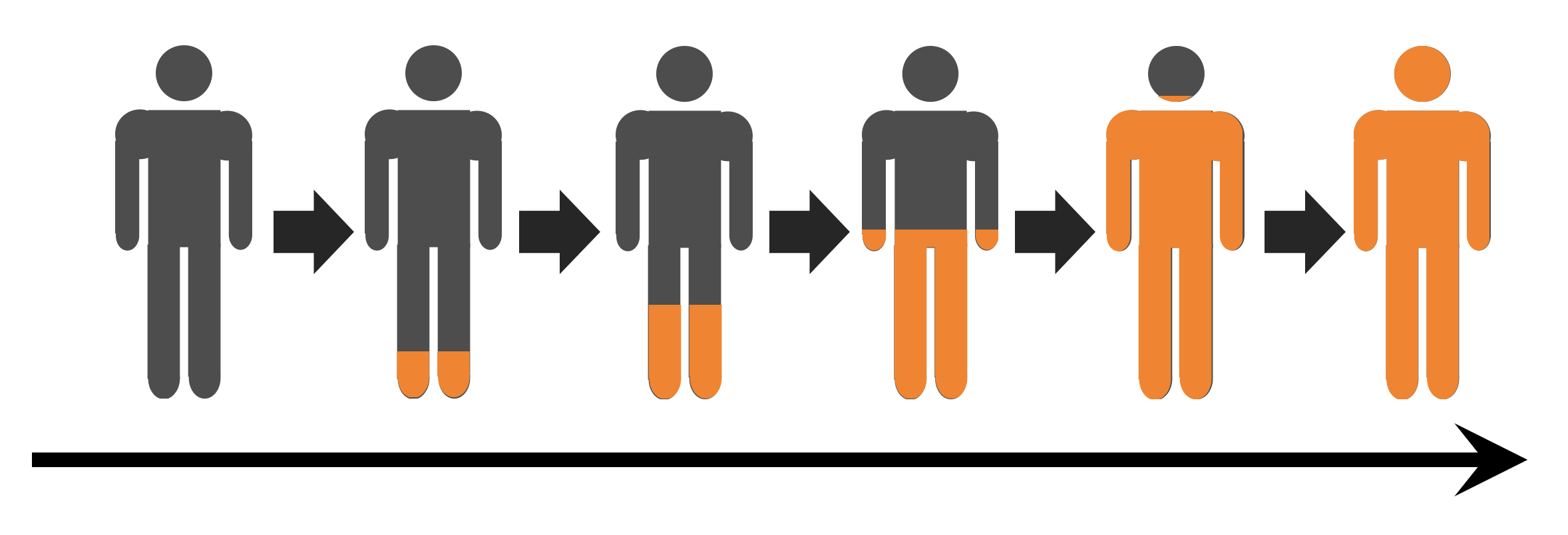
If evolution is being driven by neutralizing antibody escape, can we understand what might be next?
We developed deep mutational scanning method to identify antibody-escape mutations
36 antibodies mapped by Tyler Starr & Allie Greaney in Bloom lab, from early SARS-CoV-2 strains
36 antibodies mapped by Tyler Starr & Allie Greaney in Bloom lab.
3,000 (!) antibodies mapped by Yunlong Cao, Sunney Xie, Fanchong Jian, et al at Peking University. See here.
We developed deep mutational scanning method to identify antibody-escape mutations
We can integrate these experimental data to track antigenic evolution in real time
Bloom lab
Tyler Starr
Allie Greaney
Kate Crawford
Rachel Eguia
Peking University
Yunlong Cao
Sunney Xie
Fanchong Jian
University of Washington
Helen Chu and HAARVI cohort
Alex Greninger and UW Lab Medicine
Nextstrain
Cornelius Roemer
Richard Neher
Trevor Bedford



